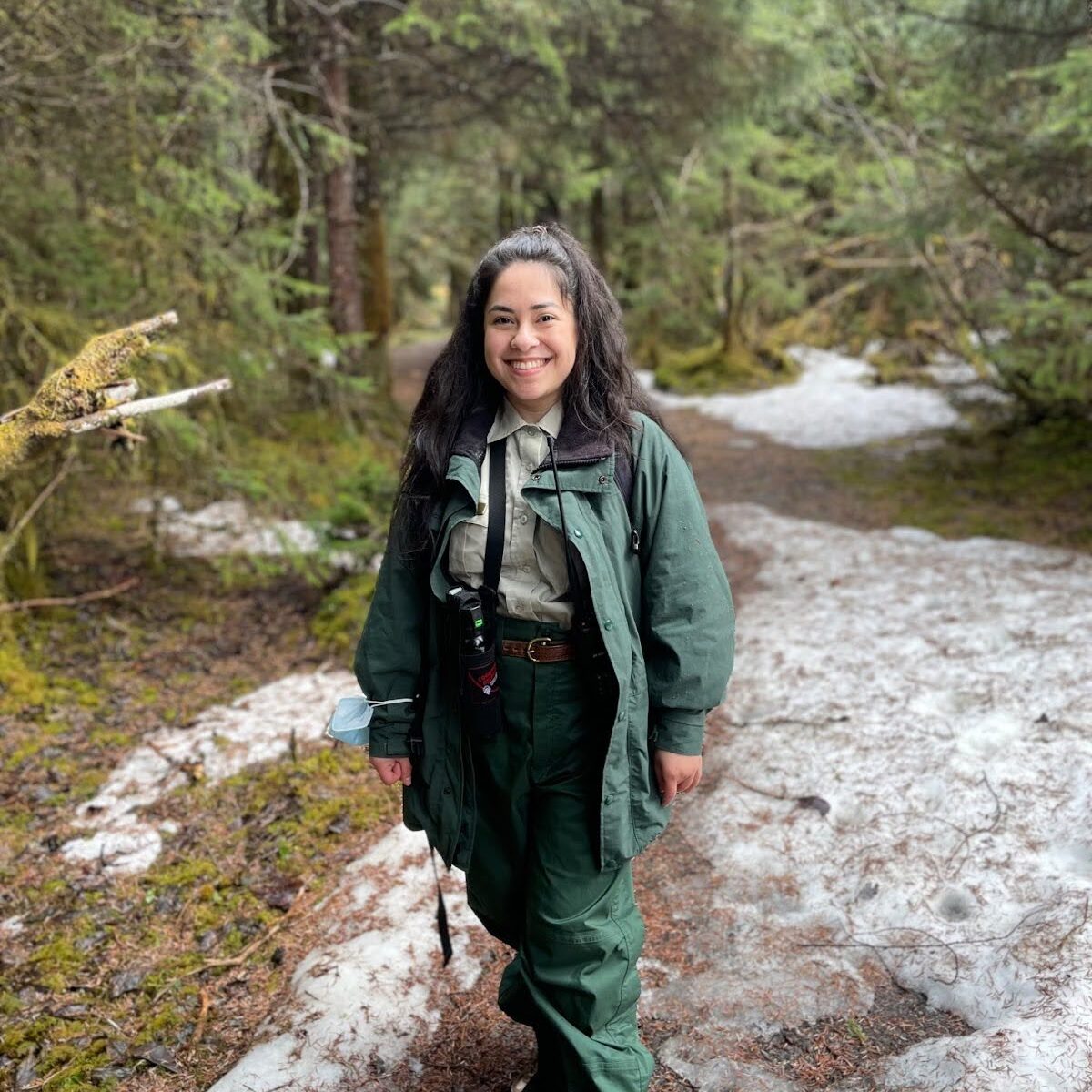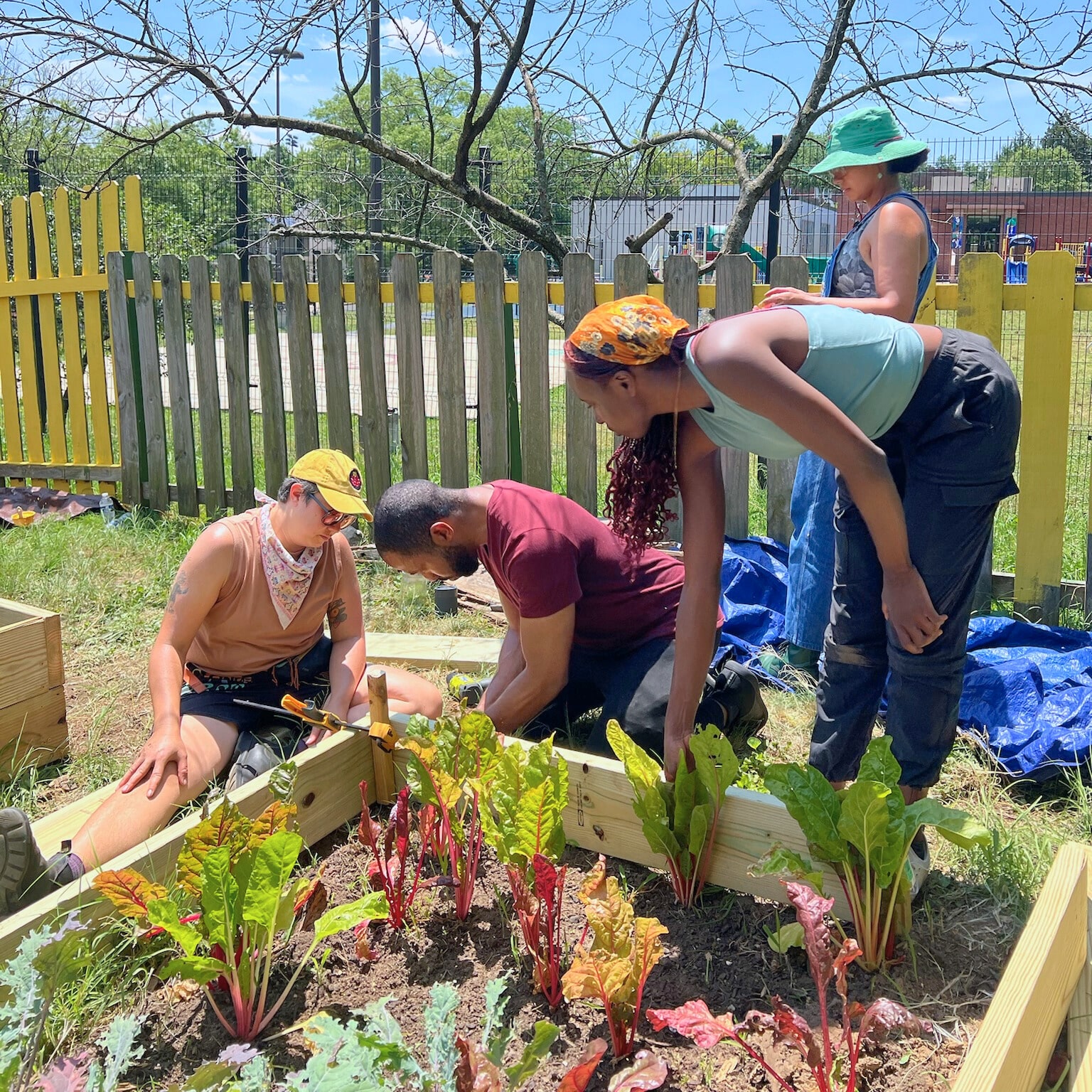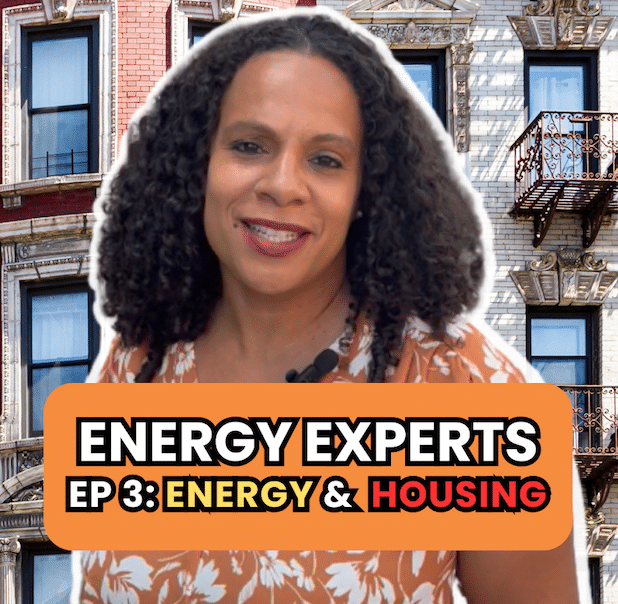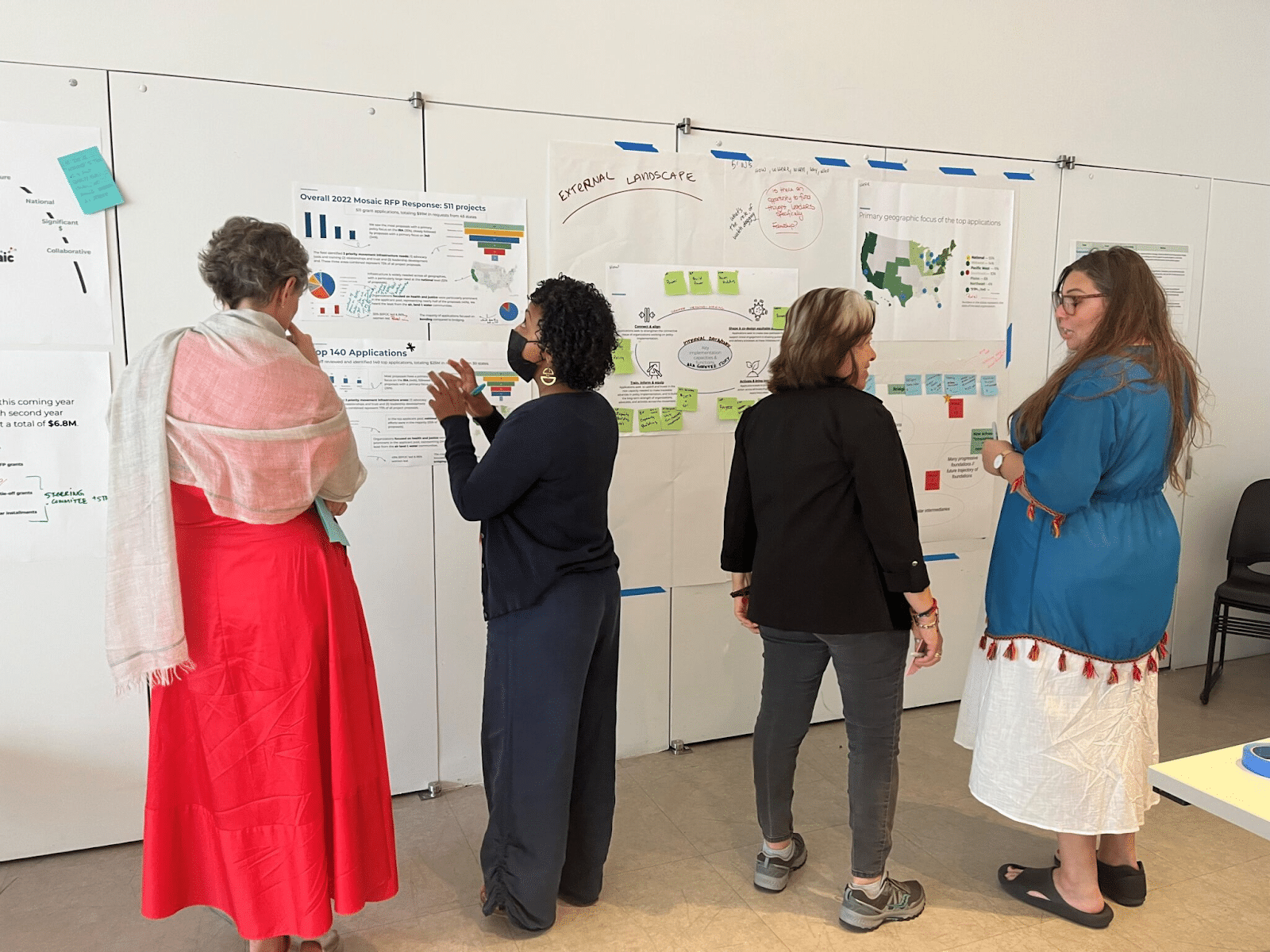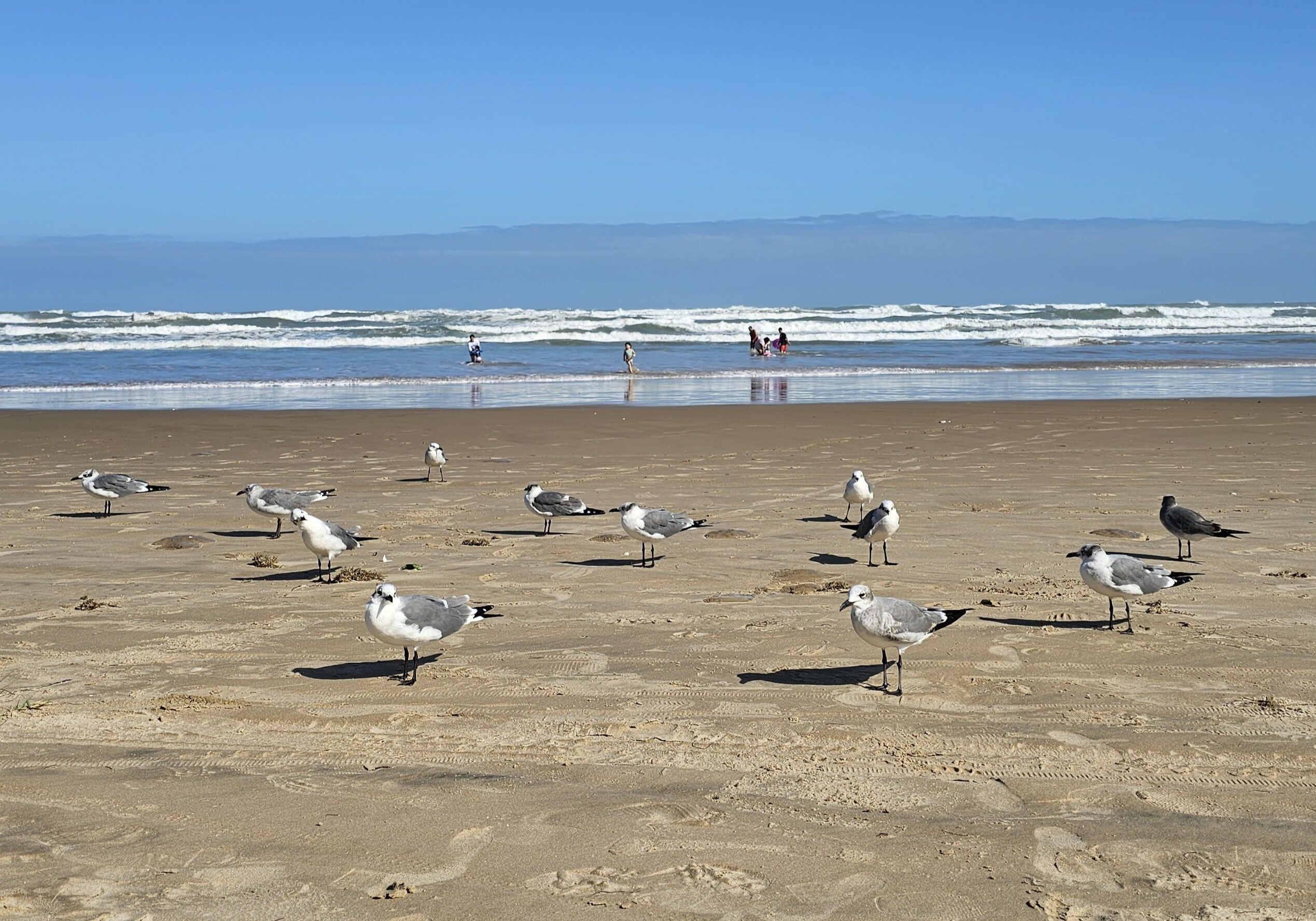
Featured blog post
Betsy López-Wagner, principal and founder, López-Wagner Strategies, An Equitable Communications Agency®, shares her insights in this blog about the urgent global crisis of plastic pollution and its devastating impact on communities, ecosystems, and habitats like those in the Gulf of Mexico.
Previous Blog Posts
Am I the Imposter? Navigating Imposter Syndrome as a Young Woman of Color in the Climate Movement
Maliyah Womack reflects on her journey navigating the environmental sector and the feeling of imposter syndrome that follows many young women of color in the movement. Despite years of experience in community organizing, she often felt out of place in the environmental space. Through self-reflection and shared experiences with other women of color, Maliyah came to realize that their lived experiences are their greatest strengths.
Read More From concrete jungle to the Tongass National Forest: My nature journey
Lisette Perez discovered her passion for environmental education, storytelling, and advocacy post-graduation. Her career includes roles with the Oregon Department of Fish and Wildlife, the U.S. Forest Service in Juneau, and the Field Museum of Natural History in Chicago.
Read More Planting with Pride: Nurturing Community Roots for Food Justice
Steph Niaupari is the Founder of Plantita Power, a DC-based collective led by and for Queer, Trans, Black, Indigenous, People of Color (QTBIPOC). Plantita Power fosters community connections where QTBIPOC can nurture their own personal sustenance, relationship to food, and reclaim food sovereignty.
Read More HOT & COLD NYC: Revealing the Faces and Places of Energy Insecurity
Shane Araujo is a research assistant and the junior editor for the Hot & Cold NYC team at the Energy, Equity, Housing, and Health program (E2H2 at Columbia University Mailman School of Public Health) led by Dr. Diana Hernández.
Read More Mobilizing for Environmental Change – How Infrastructure Can Accelerate Progress
Jennifer is a Program Officer for Mosaic, a national grantmaking initiative focused on building a bigger, more influential environmental movement.
Read More 

